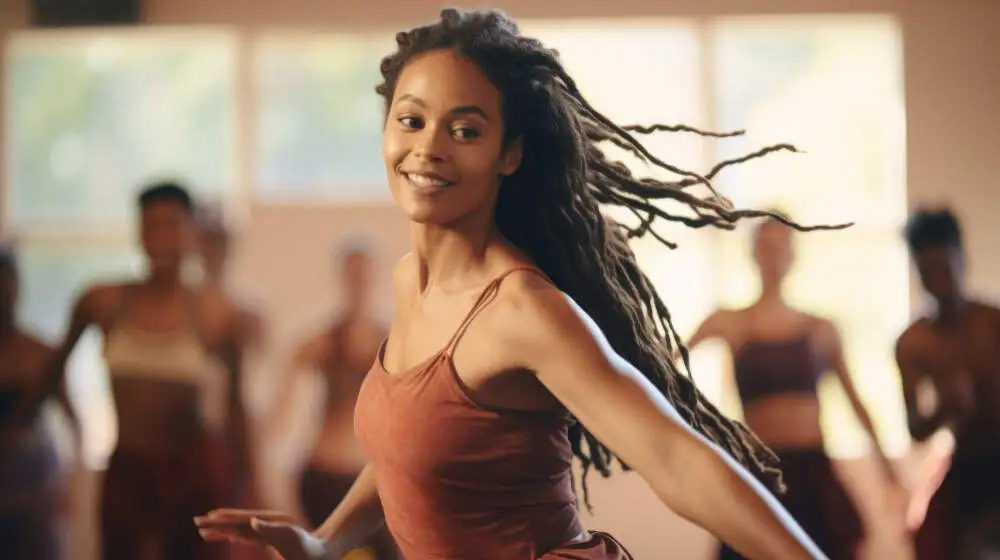
About Course
In the UK, this course is traditionally known as Exercise to Music (ETM) and is valued at £599. However, at IIFAL, we believe that education should be accessible and affordable. That’s why we have recreated this course and are offering it for just $20 (on sale from $200).
💡 We believe in fairness—education should not be a financial burden. It is a tool for growth, independence, and providing for yourself and your family.
This qualification provides essential skills in:
✅ Choreography – Designing fun, dynamic, and effective movement patterns.
✅ Musicality – Understanding rhythm, tempo, and phrasing to synchronise movement with music.
✅ Class Planning – Structuring warm-ups, main workouts, and cool-downs for different fitness levels.
✅ Coaching & Instruction – Motivating and leading participants with clear cues and techniques.
Whether you want to teach:
🎶 Aerobic Dance Fitness – High-energy routines to popular music.
💪 Body Conditioning with Music – Strength and toning exercises set to the beat.
🎭 Creative Freestyle Routines – Unique dance-inspired workouts.
This course is endorsed by FIT Africa. To teach Safari® Fitness or Zumba in professional settings such as gyms, studios, and community centres, you must first obtain the U CAN DANCE certificate, as it provides the essential skills for structured group fitness instruction.
💡 Start your journey today and bring movement to life with music!
👉 Sign up now for just $20!
Course Content
Introduction to Group Exercise Instructing
Understanding the role of a group exercise instructor
Principles of music-based fitness instruction
12:30Differences between freestyle and pre-choreographed formats
00:00Health & Safety Check
Warm-Up
05:00Main Workout
11:00Cool-Down & Stretch
03:00Micro Session (15 Minutes) | Practical Assessment Guidelines
Fundamentals of Group Exercise Instructing
Anatomy and Physiology for Exercise Instruction
Principles of Fitness and Exercise
Health, Safety, and Risk Management in Group Exercise
Supporting Clients in Group Exercise
Music, Rhythm, and Movement in Exercise Instruction
Planning a Group Fitness Session
Instructing and Delivering a Group Exercise Class
Customer Service and Professionalism
Assessment and Certification
Earn a certificate
Add this certificate to your resume to demonstrate your skills & increase your chances of getting noticed.

Student Ratings & Reviews

